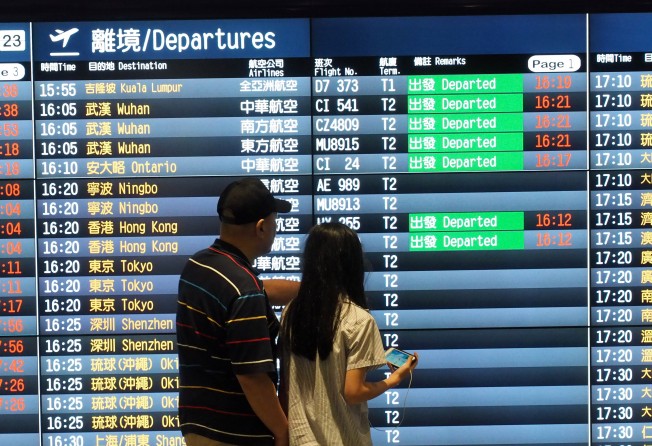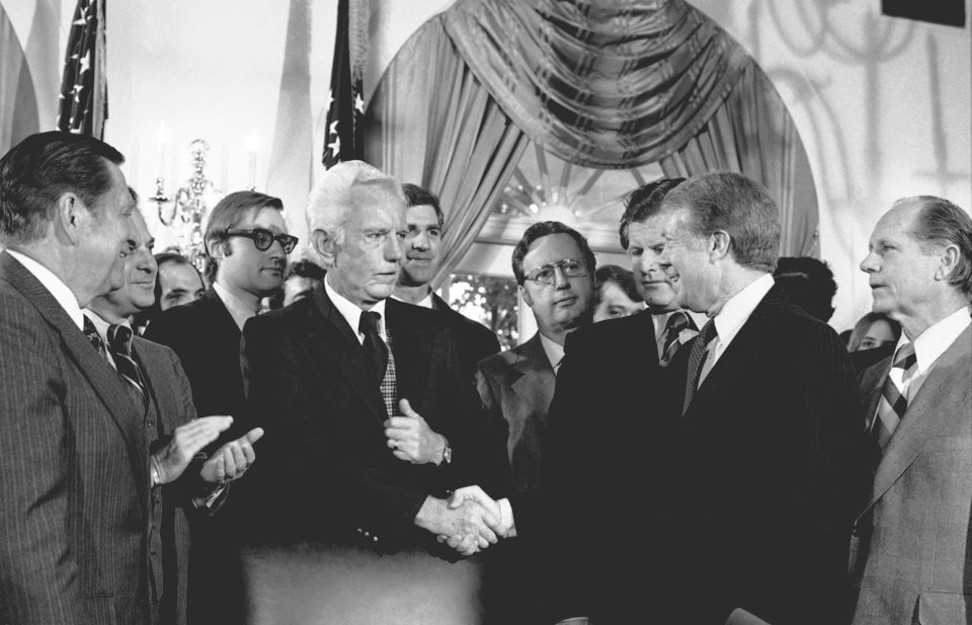Why airlines get away with charging more for plane tickets
The main culprit for additional costs is the concept of unbundling, which only emerged once airlines were forced to create new revenue lines

Have you noticed how we’re bombarded with fees when buying an airline ticket?
It seems as if there’s a charge for everything, whether it’s checking a bag, choosing a seat, ordering a meal, or using overhead space. A ticket can cost one price and then there are a number of additional fees after that.
While it feels as if we’re spending an arm and leg, air travel is statistically cheaper today than in the past. The negative impressions we have of paying more mainly come from the out-of-pocket costs that accrue once we begin check-in. And there is a reason for this. The main culprit for additional costs is the concept of unbundling, which only emerged once airlines were forced to create new revenue lines.
The birth of unbundling
The price of crude oil shot up to US$132 a barrel in the summer of 2008, hitting airlines especially hard. Looking to claw back revenue without raising ticket prices, airlines began the process of unbundling, or separating costs of services such as baggage checks, security checks, seat assignments, meals, Wi-fi use and early boarding into their own prices.
According to Bob Mann, president of airline analysts RW Mann & Company, American Airlines was the first to charge US$20 for a baggage check.
“With that out of the box pretty much everybody else did it,” Mann says. “It was the first big gasp of how to get unbundling started.”
By 2011, unbundling was embraced by the entire airline industry. What’s more, Mann says these ancillary fees are not subject to the 7.5 per cent Federal Excise Tax, which applies only to domestic airline tickets sold in the US. This loophole gives the industry even more reason to charge these fees.
“It gives them a huge incentive to do it,” Mann says, adding that this is not regulated by the US Department of Transportation. “You can give away the airfare and then charge everybody for every other element.”
This practice has been especially successful for low-cost carriers. With four major airlines in America – United, Delta, American, and Southwest – controlling more than 80 per cent of the domestic market, smaller airlines such as Spirit can offer lower ticket prices but charge multiple fees to make up for the difference.
“Low-cost carriers have a cost advantage versus the legacy carriers [such as American, Delta and United],” says George Hamlin, president of Hamlin Transportation Consulting. “In order to overcome that [legacy carriers] started to unbundle and created a basic economy fare.”
There is no telling if or when the practice of unbundling will cease. Customers appear willing to pay these prices and fees, as 2.5 million people fly every day in and out of US airports.
“The old joke is when are we going to pay to use the toilet?” Hamlin says with laughter. “Right now, it looks like unbundling is on the upswing.”
How did we reach a point where we need to worry about airlines charging us just to use the restroom?
How we got here: Deregulation
First, it is important to understand how radically different the airline industry used to be. Before 1978, air travel was treated as a public utility rather than a business. The Civil Aeronautics Board (CAB) federally monitored where airlines could fly and what they could charge, leaving carriers to compete on services such as seat comfort and food quality.
“Airfares at one point were completely bundled,” Hamlin says. “Even hotels were included in it and the food. You paid one price and it was all-inclusive for everything.”
Prices were high, but at least they were consistent. In 1978, US president Jimmy Carter signed the Airline Deregulation Act which stripped the CAB of its power. This created a newly free market that spurred the rise of low-cost carriers. It changed the industry forever by leading to greater consolidation once many legacy airlines failed in the ’80s and ’90s. But a greater change was on the horizon, with the internet increasing in popularity and usage by the mid-1990s.
Cutting out the middle-man
Before the internet existed, if you wanted to book a flight, you would typically go through travel agencies. These agencies used global distribution systems like Amadeus and Sabre to work out airline routes and prices and make reservations. Airlines would pay a distribution cost to these third parties which brought them passengers. That all changed in 1996 when the airline companies discovered the internet, Mann says.
“They all said, ‘Hey, this is crazy. We can’t do business like this’,” he adds. “They said, ‘We don’t need an intermediary and we can’t pay for an intermediary’.”
So airlines created a direct system of contact with their customers – websites – where travellers could buy tickets directly.
"Airlines decided we can one-up this. We can create fare groups that include different kinds of amenities." Mann says, noting that Air Canada was the first airline to launch fares with different attributes on their own website in 2005. “What enables [unbundling] is technology, specifically, changes in distribution technology.”
By the late 2000s, technology combined with high fuel costs to change airline pricing in a new way. And as we move towards the end of the 2010s, it doesn’t appear airlines will cease with the unbundling tactic any time soon.
“I see it getting more granular over time,” Mann says. “It’s big money.”
This article originally appeared on Business Insider.
